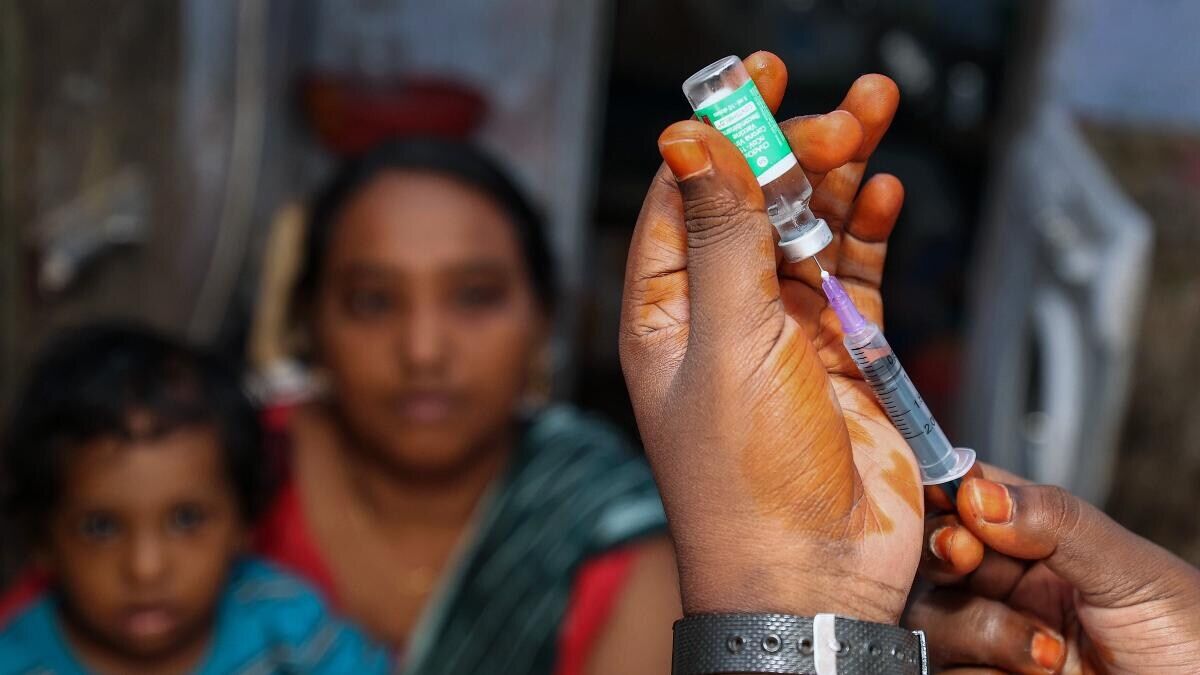A step further

Vaccination is the key to controlling the pandemic and the best protected-nations have been using a diverse set of vaccines. This has become even more true with the Omicron-induced urge for booster doses, where the booster should preferably be based on a different platform than that of the vaccines administered as primary doses. In this light, the Drug Controller General of India's approval of the two new vaccines have undoubtedly strengthened the case of vaccination in India — for both administering the primary doses as well as precautionary and booster doses. More importantly, the two newly-approved vaccines — Serum Institute of India's Covovax and Biological E's Corbevax — are developed with protein subunits, different from the method used for developing the prior vaccines in India. Depending on the method by which they have been developed, vaccines are broadly categorised into three types — mRNA vaccines, protein subunit vaccines and vector vaccines. While India currently doesn't have any of the mRNA vaccines, both Covishield and Sputnik V are adenovirus vector vaccines. mRNA vaccines like Pfizer and Moderna — mostly concentrated in the developed Western world and the Australian continent — are developed with the Covid-causing viruses. Vector vaccines, at the same time, are developed with modified versions of the Covid-causing viruses. On the contrary, protein subunit vaccines are based on traditional methods of specifically using proteins resembling the spike protein of the virus. Protein subunit vaccines are relatively safer, as rather than using the whole virus, they contain only the antigen proteins — through which the virus invades the human body. On the flip side, these vaccines have certain limitations. Firstly, since they contain only the antigen, they are not known to offer the T-cell response, and only bank on antibodies (or B-cell response). It must be noted that B-cell response is the primary response of our immune system, wherein antibodies produced by specific White Blood Cells (WBCs) attack the antigen left by the virus. This response starts before the virus has infected the body parts. However, failing to match the speed of virus multiplication in the body, antibody production may leave a large gap for the virus to infect the body. T-cell response, on the other hand, attacks and kills the viruses from the infected body parts. Both the defence responses are critically important to contain the viral infection and complement each other. Secondly, the protein subunit vaccines are relatively more likely to fail in recognising the virus as they are designed only to identify the spike proteins. It must be mentioned that despite sharing a common platform, Covovax and Corbevax significantly differ from each other; Covovax uses nanoparticles to counter the effect of spike proteins. A remarkable feature of the two vaccines is that they can be produced at a large scale in a shorter span of time. Biological E has claimed that it can produce 7.5 crore doses a month, which could be further increased over the coming months. Notably, the Serum Institute of India received a nod from DCGI to stockpile vaccines months before it was granted EUA. The company may already be ready with a significant stock of Covovax to add to the existing pool of vaccines. Just a month back, it was granted EUA in the Philippines and it claims a good part of the vaccine market in the country today. Its parent vaccine — Novavax — already has established credentials in the US. In phase-3 clinical trials in the US, Novavax was found to be 90.4 per cent effective in the symptomatic Covid-19 patients and 100 per cent efficient against severe illnesses. This must be adjoined with the caveat that the clinical trial pertains to a limited fraction of the US' population, and not in India. One has to wait and watch how efficient it is going to be in India. But one thing is for certain, the new vaccines have come to positively buttress India's vaccination drive. India's percentage of the vaccinated population is only slightly above the world average of 60 per cent and the percentage of fully vaccinated population persons is in fact below the world average. It is needless to say that despite claiming to be one of the pioneers of Covid-19 vaccine production, it falls behind many of the rich and developing nations in vaccinating its population. The addition of two more vaccines in India's vaccine mix offers hope that the country will catch more pace in terms of primary vaccination, initiate precautionary vaccination impressively and prepare for the booster doses.



